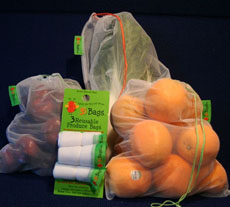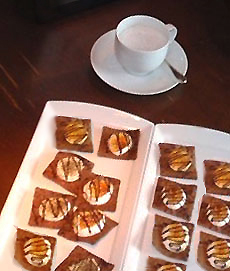It’s International Waffle Day! Make your favorite waffles for breakfast, lunch or dessert. For a savory main course, top waffles with sour cream or crème fraîche and salmon caviar; with smoked salmon or poached salmon, sour cream and dill; with poached chicken or seafood and dill; with creamed chicken or seafood and mushrooms. For dessert, top with ice cream, chocolate or caramel sauce, dulce de leche, custard sauce and fresh fruit, or simply a touch of powdered sugar or jam. But don’t waffle-choose one!
You won’t believe how many different types of waffles there are! See them in our Pancake & Waffle Glossary.
Use a waffle iron that makes heart-shaped waffles (plus a recipe from Jacques Pépin)
From Villaware: Mickey Mouse waffles for the kids, beautiful rosette waffles for the aesthetes.
Great pancake and waffle mix from San Saba River pecan Company.



